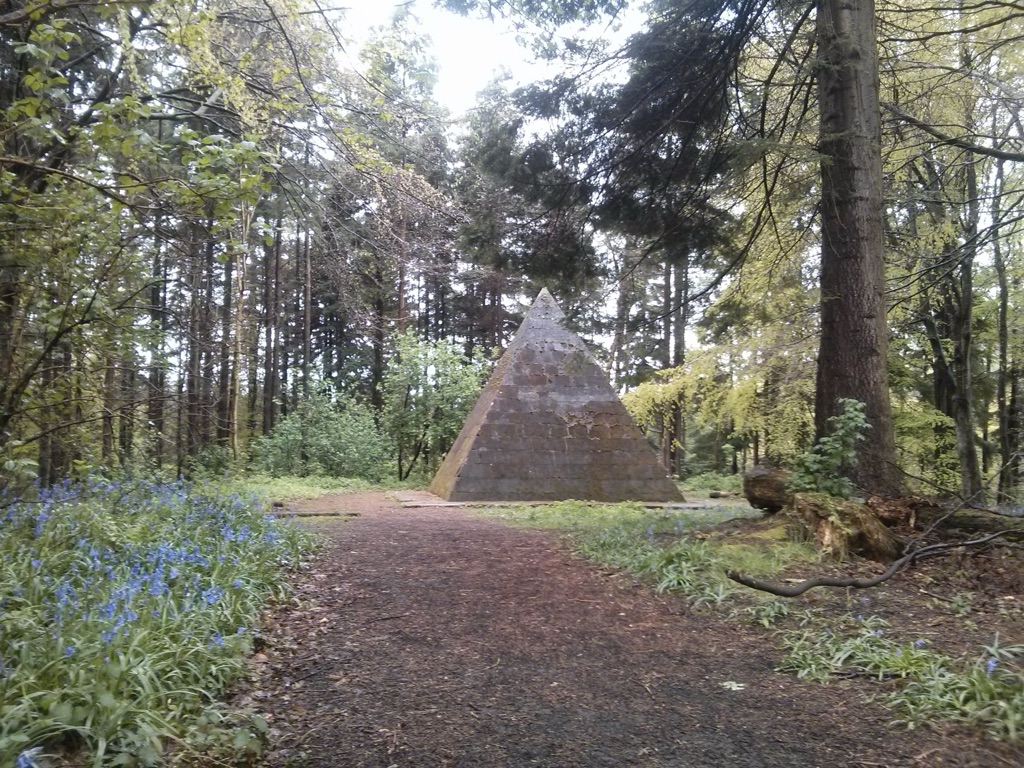The Garvagh Pyramid stands as a unique historical structure in Northern Ireland. It’s a 23-foot high pyramid built in the 19th century, located in Garvagh Forest, which is situated on the Western outskirts of Garvaghh. This intriguing monument is a family mausoleum, built by Lord Garvagh in memory of his father. Despite its Egyptian style, it’s a relatively modern construction with a fascinating story that blends local history with the eccentricities of its creator.
Get your dose of History via Email
Historical Background of The Garvagh Pyramid
The Garvagh Pyramid was built in the early 19th century by George Canning, the 1st Baron Garvagh. It serves as a mausoleum for his family. The pyramid is an unusual sight in Northern Ireland, reflecting Lord Garvagh’s fascination with Egyptology. It was during a time when Egyptian style was fashionable in Europe, following Napoleon’s campaign in Egypt. Nobody was ever buried in the Pyramid.
Lord Garvagh commissioned the pyramid after his father’s death in 1825. It was a tribute to his father, but also a testament to his own interests. The pyramid is not an ancient relic but a product of the 19th-century Egyptian Revival architecture movement. It stands out among the traditional Celtic crosses and headstones in the churchyard.
At a glance
Country: Northern Ireland
Civilization: 19th-century British
Age: Built in the early 19th century (circa 1825 AD)

